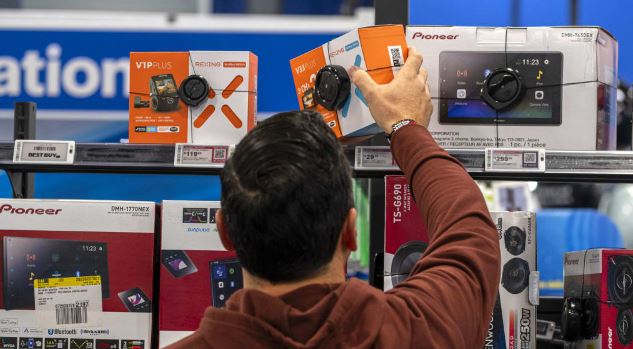The Shift to Smaller: Big Box Retailers Embrace Mini-Store Concept

In a notable pivot from the sprawling, one-size-fits-all approach, big box retailers are increasingly adopting small shop formats, a strategic move aimed at adapting to the changing consumer habits driven by the rise of online shopping. This trend marks a significant shift in retailing strategies, reflecting a deeper understanding of consumer preferences for convenience, localized shopping experiences, and the blending of online and offline shopping behaviors.
The transition to these mini-store concepts allows big box retailers to penetrate urban markets and neighborhoods where space is at a premium and traditional large-format stores are not feasible. These compact outlets offer a curated selection of products tailored to local tastes and needs, fostering a more personal shopping experience that resonates with today’s consumers who value both speed and specificity in their retail interactions.
This strategic realignment also reflects the retailers’ response to the growing dominance of online shopping. By creating smaller, more accessible stores, big box chains aim to complement their online offerings with physical touchpoints that offer immediate product availability and the tactile shopping experience that many consumers still crave. This hybrid model seeks to leverage the strengths of both online and offline retail, providing consumers with multiple channels to engage with brands.
Moreover, the small shop format enables retailers to experiment with innovative retail technologies and store layouts, enhancing customer engagement and streamlining operations. Features such as mobile checkout, interactive displays, and pick-up points for online orders are becoming commonplace in these mini-stores, bridging the gap between digital convenience and in-store discovery.
The adoption of smaller stores by big box retailers also signifies an acknowledgment of the importance of community integration in the retail sector. By situating stores closer to where consumers live and work, retailers can foster stronger community ties and gain insights into local market dynamics, which in turn can inform product selection and marketing strategies.
As big box retailers continue to roll out these mini-store formats across the country, the retail landscape is set to evolve further, challenging the traditional notions of what a big box store can be. This shift towards smaller, more flexible retail spaces is a strategic adaptation to the ever-changing consumer preferences and the ongoing integration of online and offline shopping realms.
The move to smaller shop formats by big box retailers is a clear indication of the industry’s commitment to meeting consumers where they are, both geographically and in terms of shopping preferences. As this trend continues to gain momentum, it promises to reshape the retail experience, offering consumers a blend of convenience, personalization, and innovation that bridges the best of online and physical shopping worlds.





